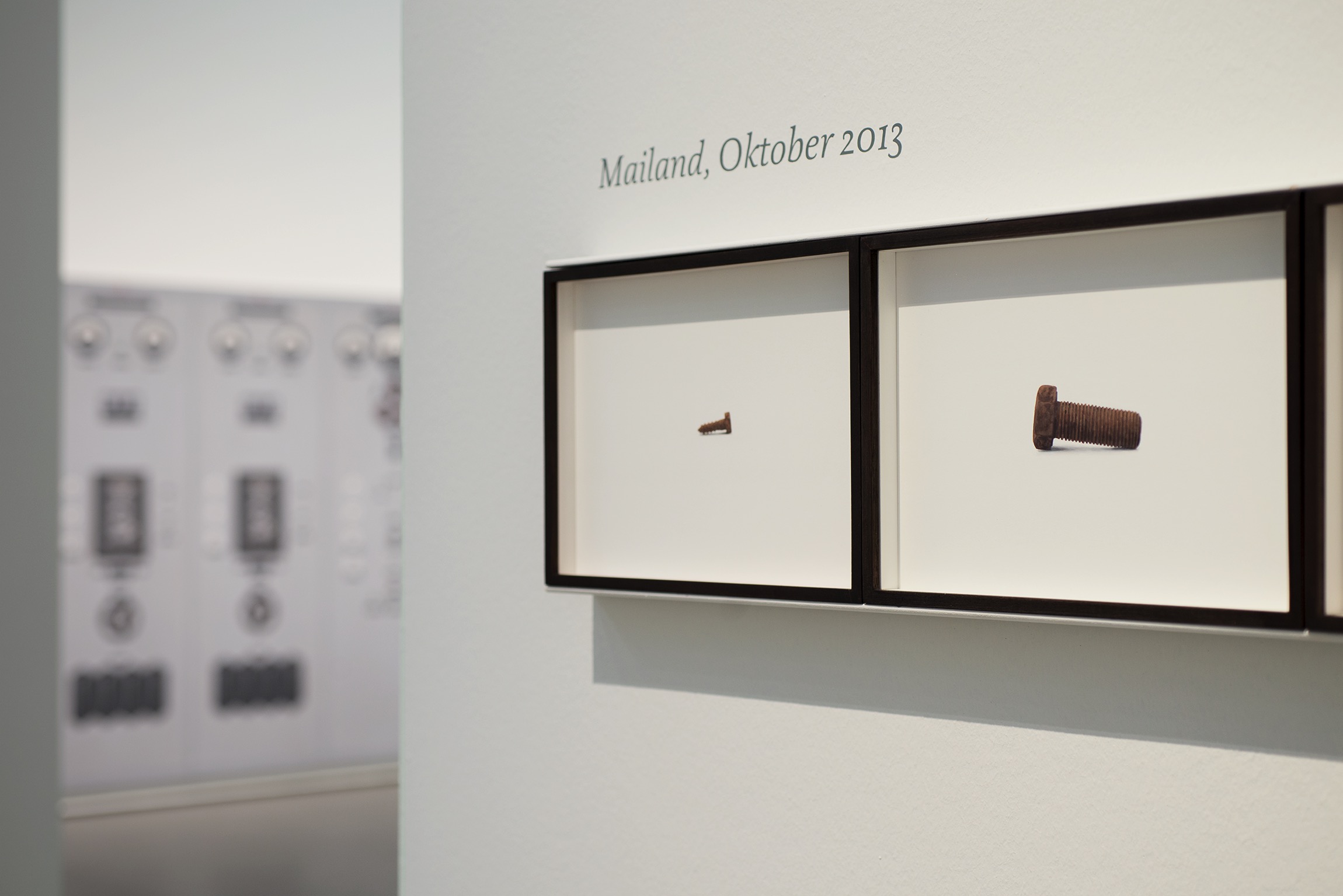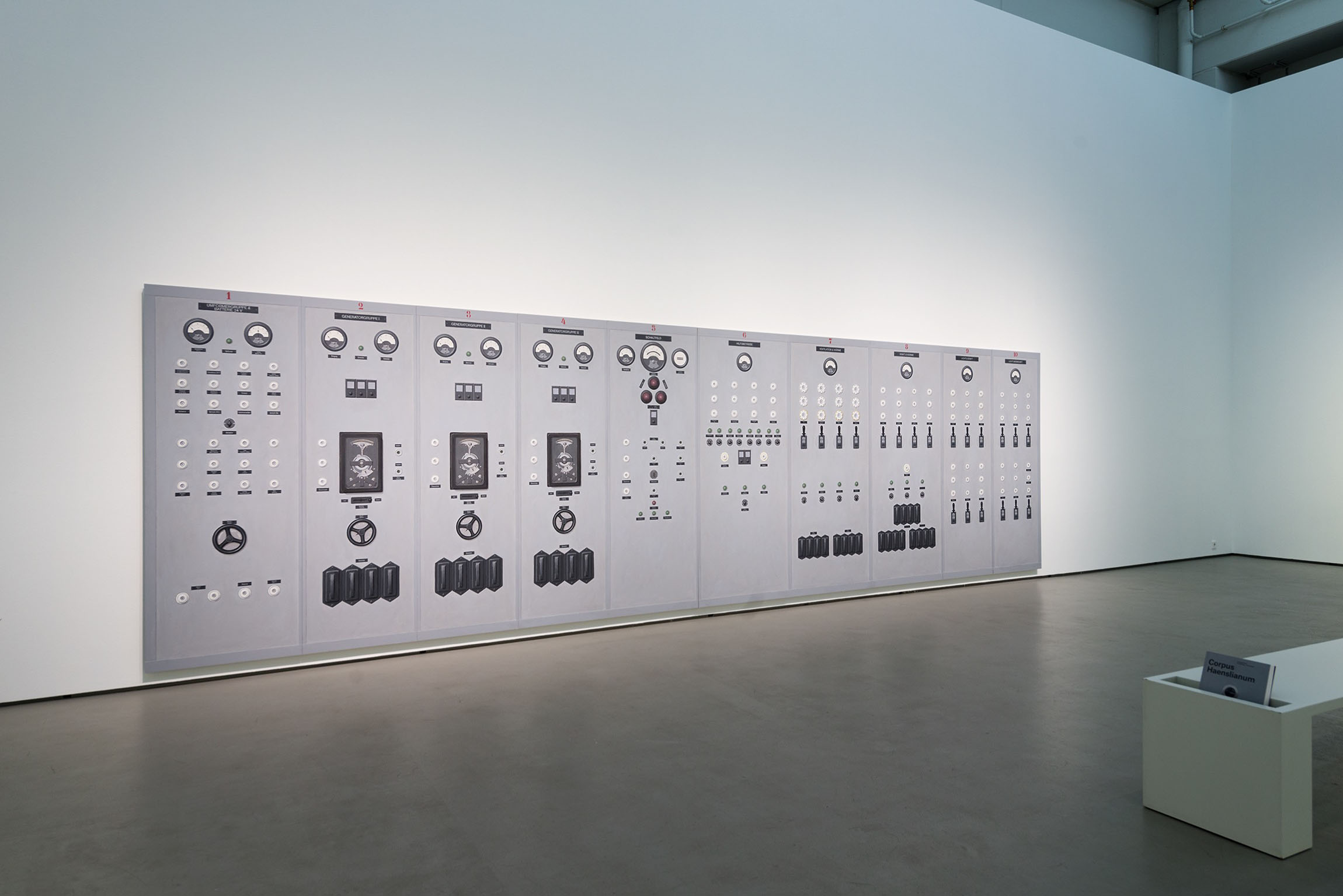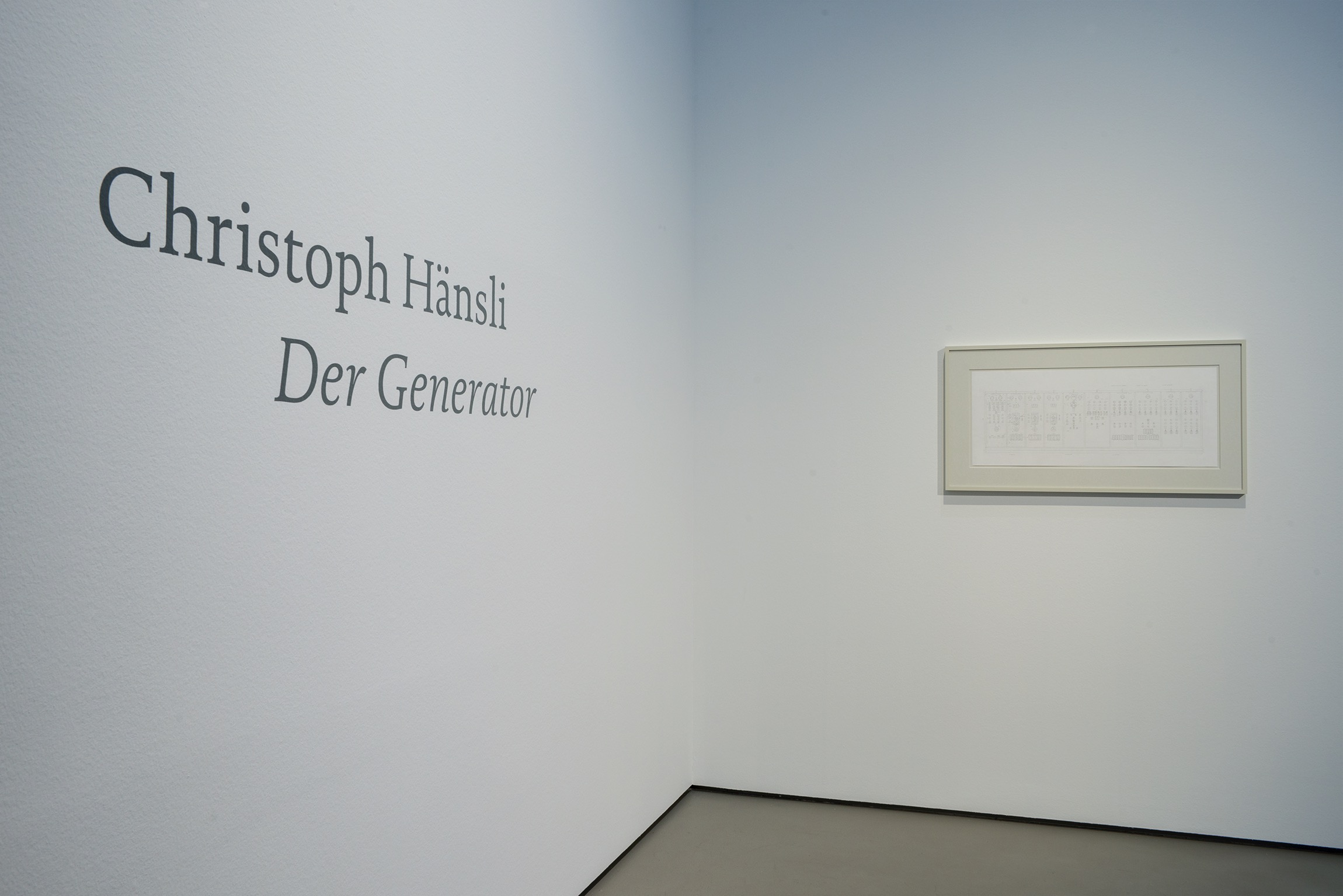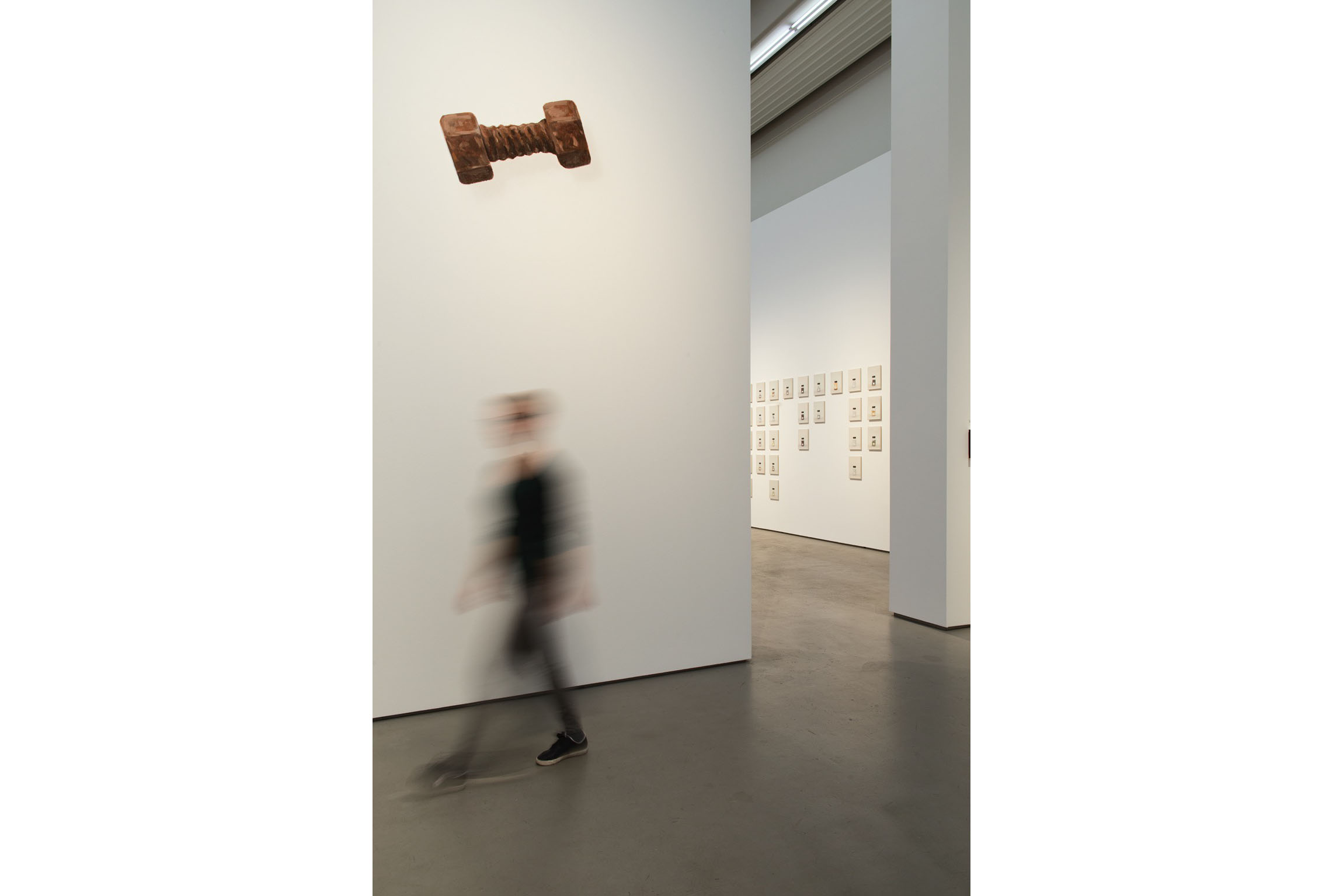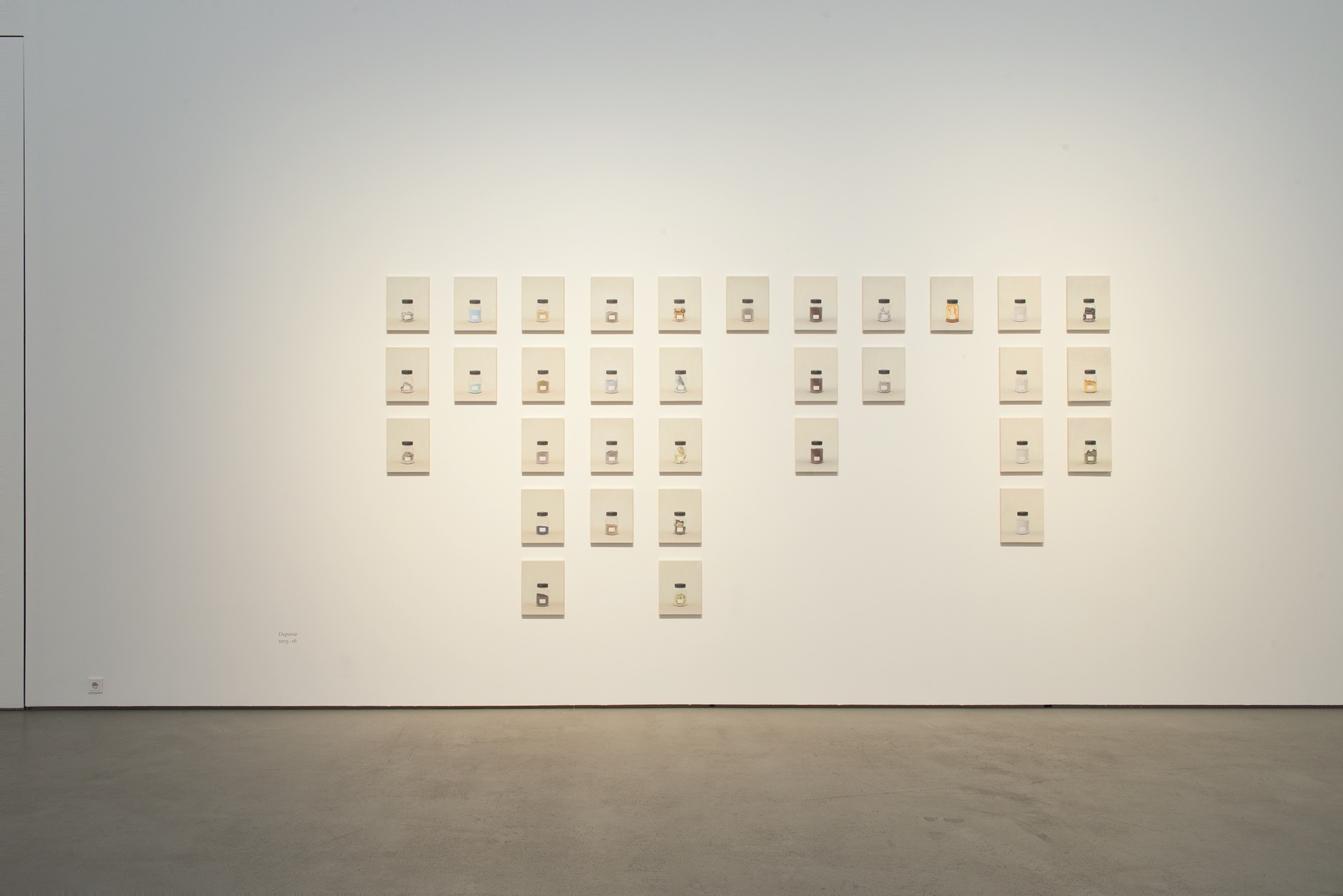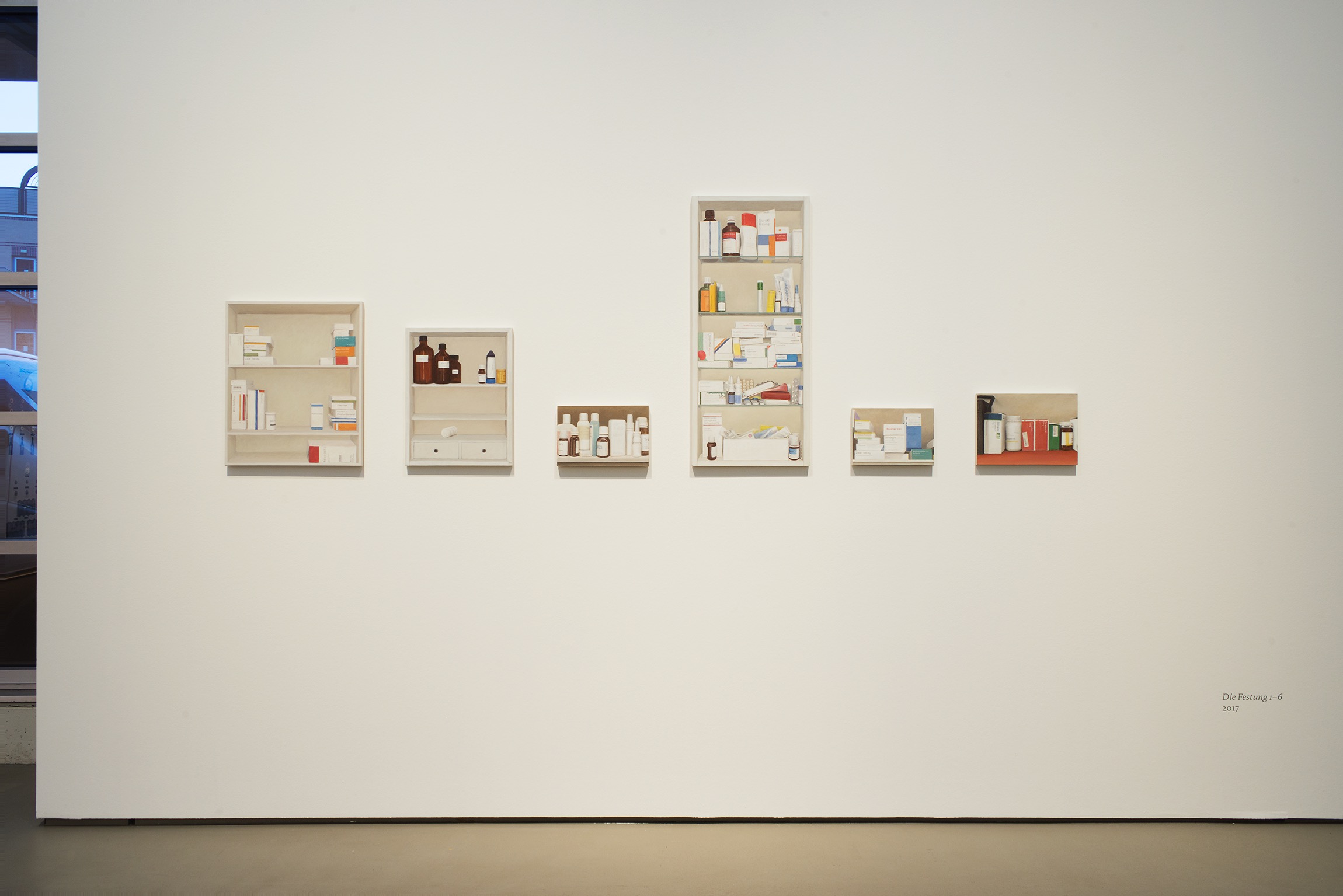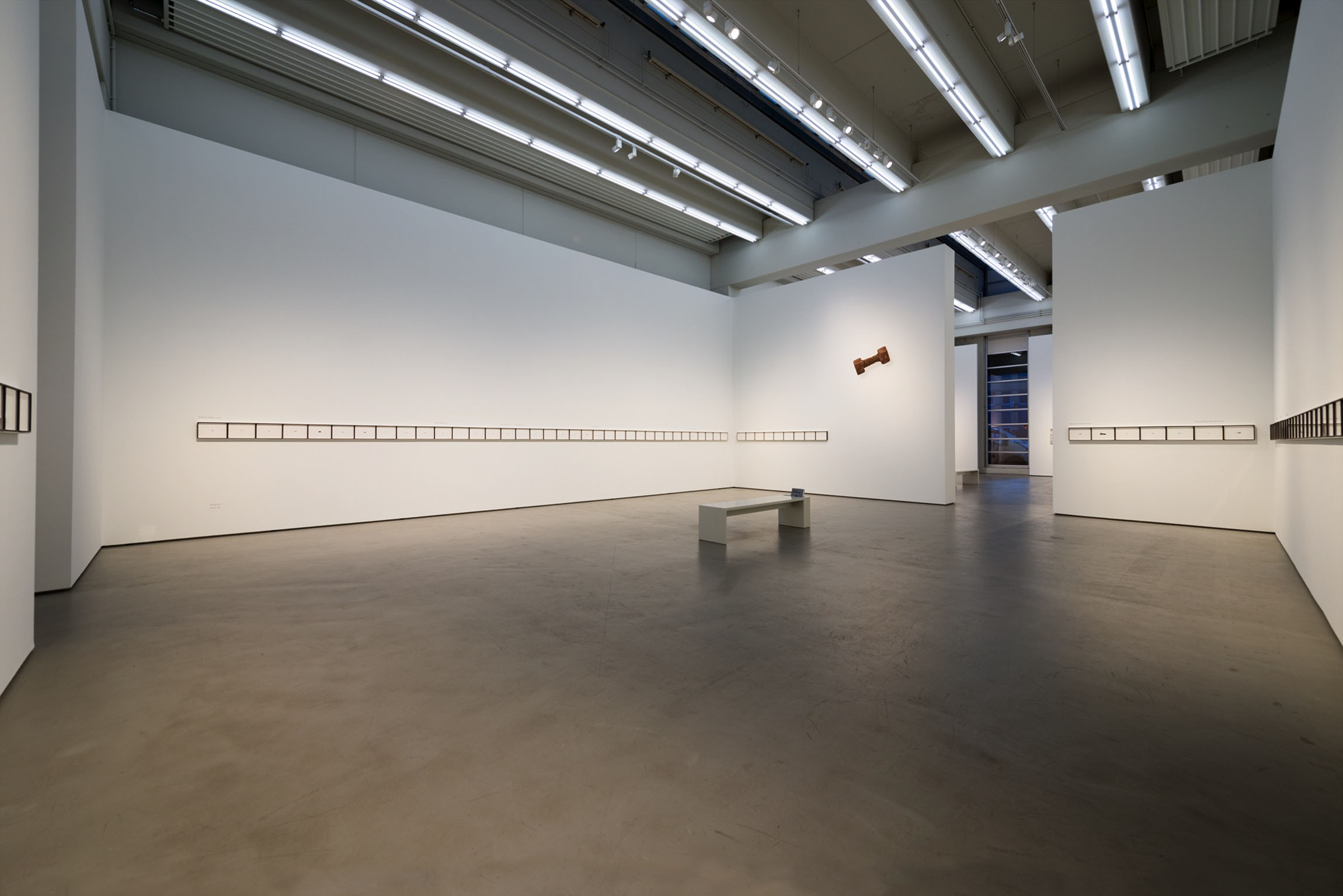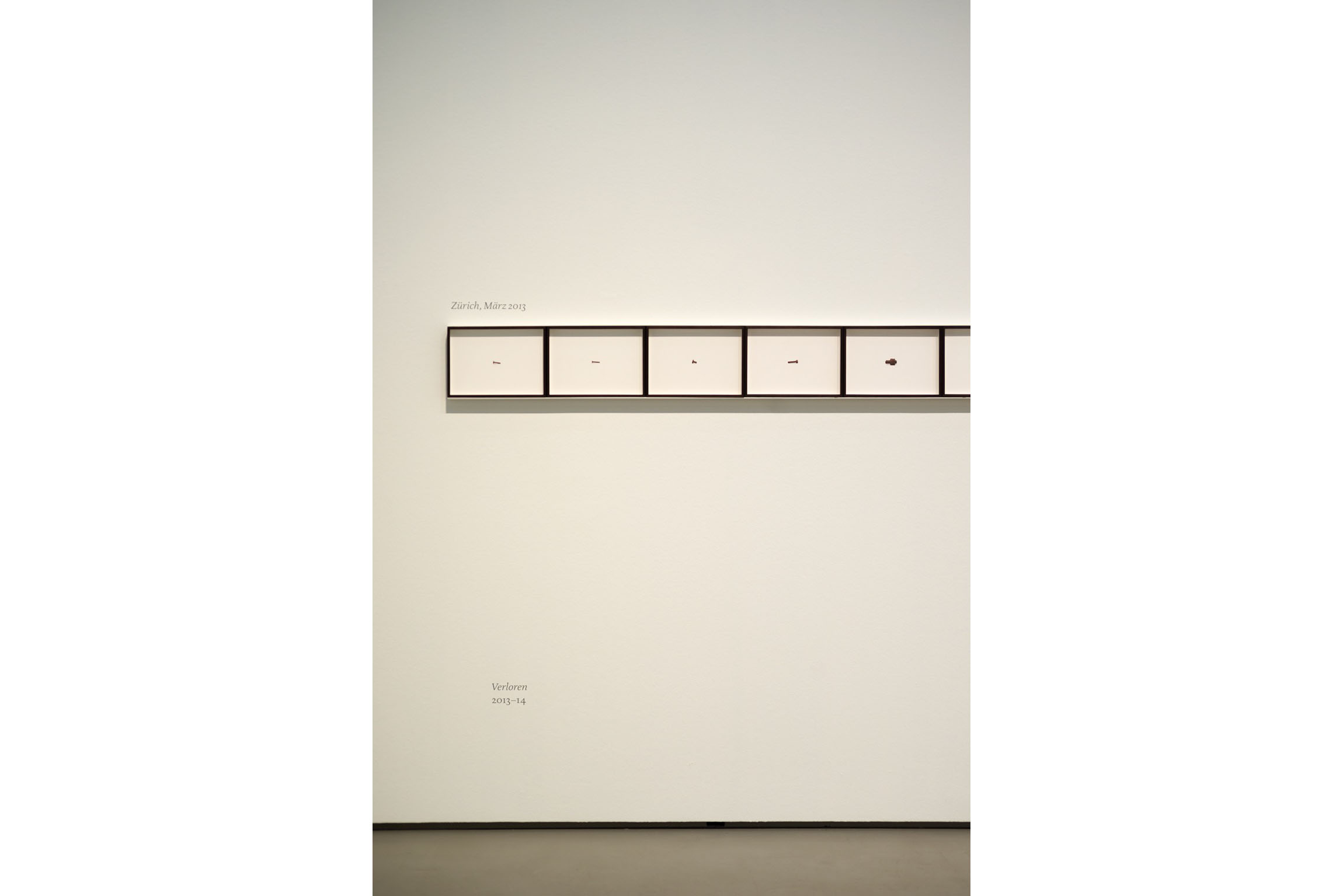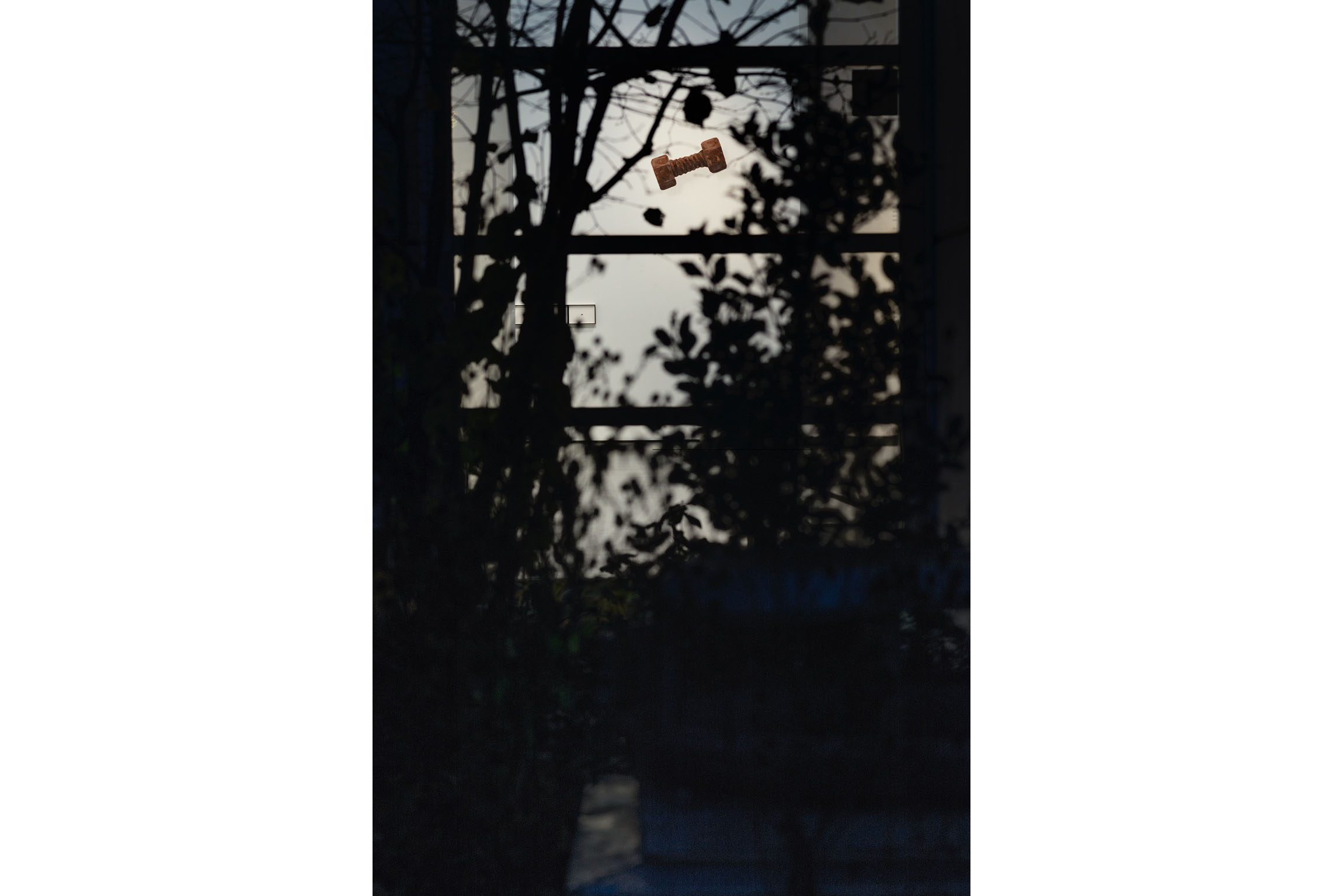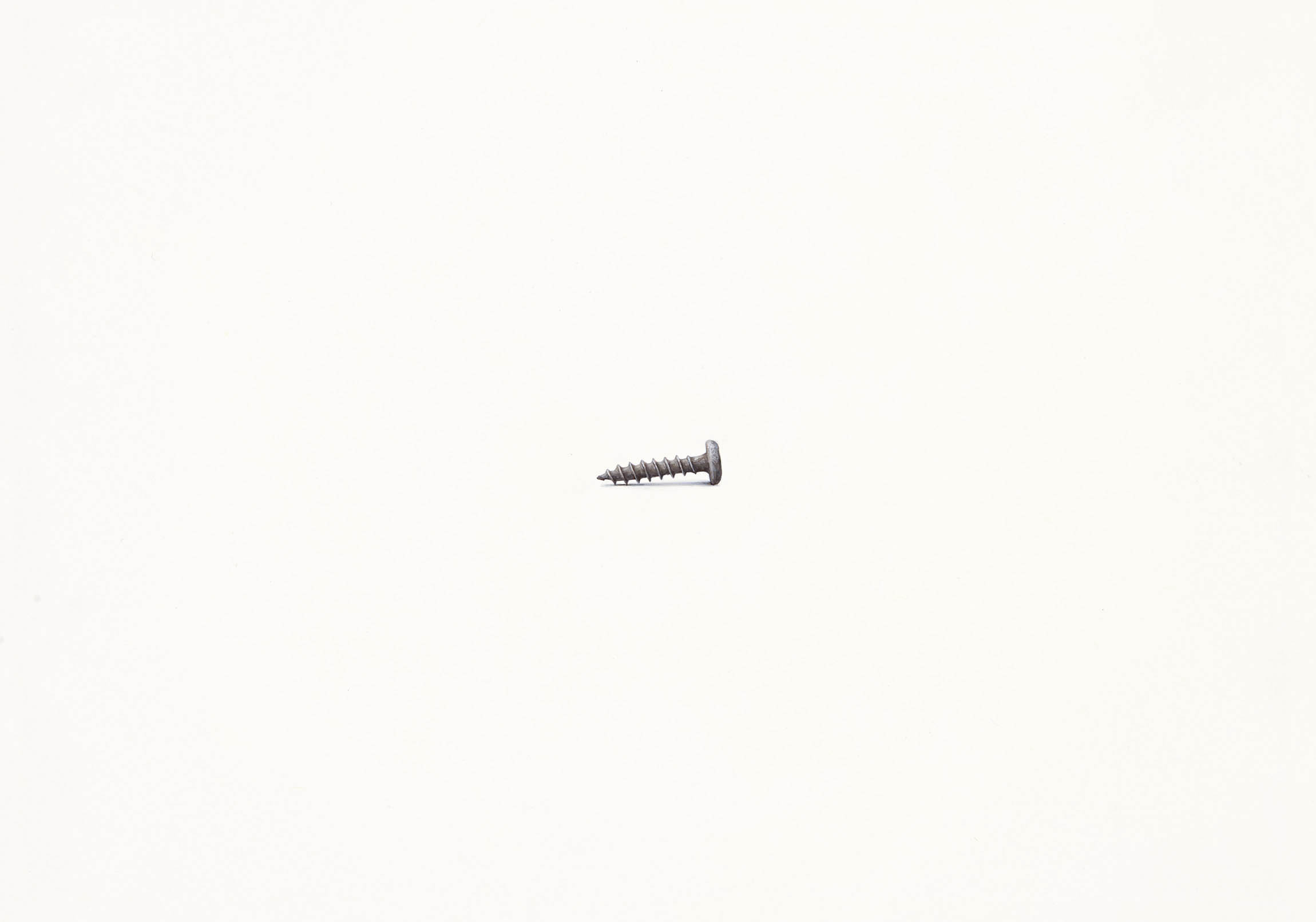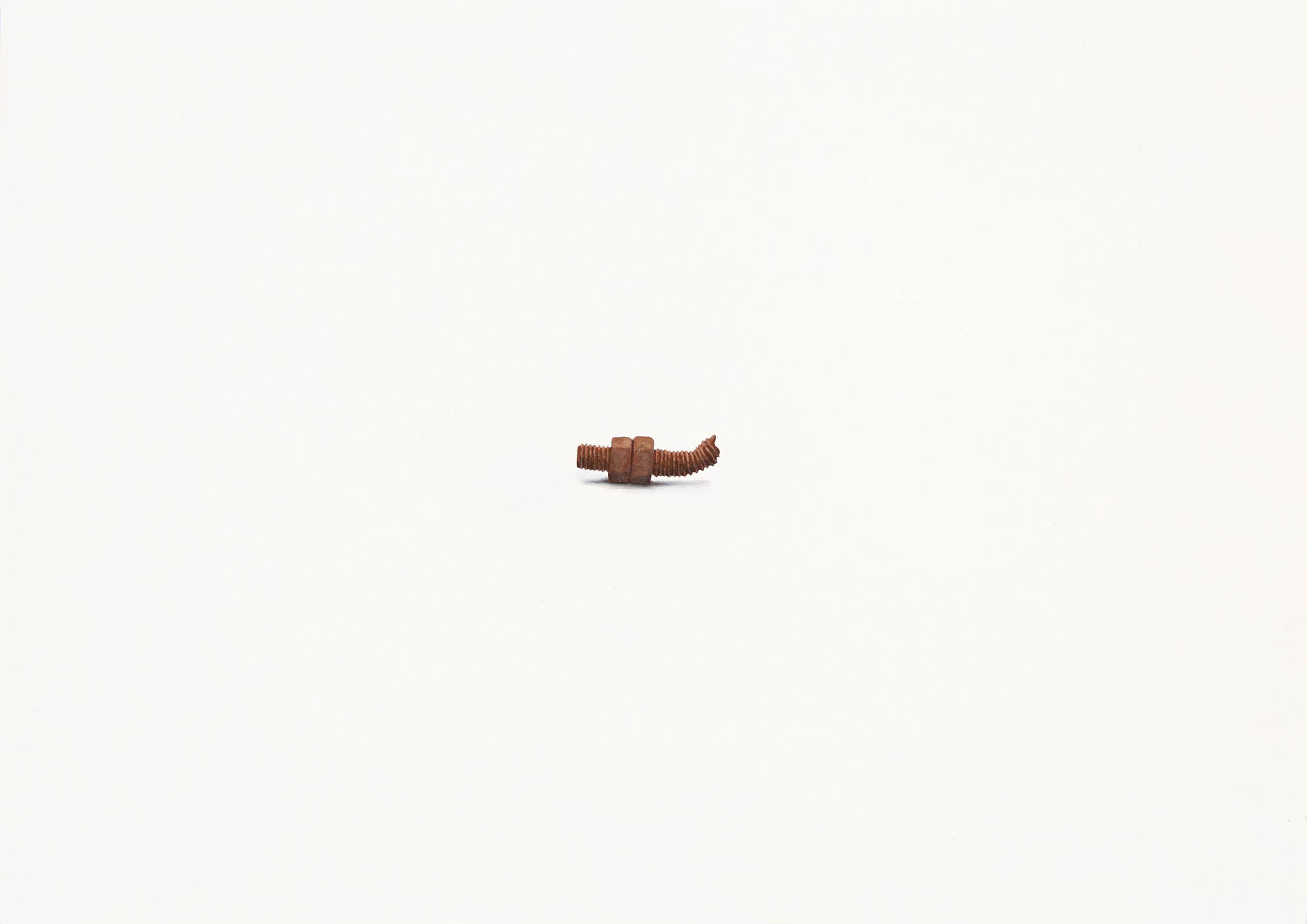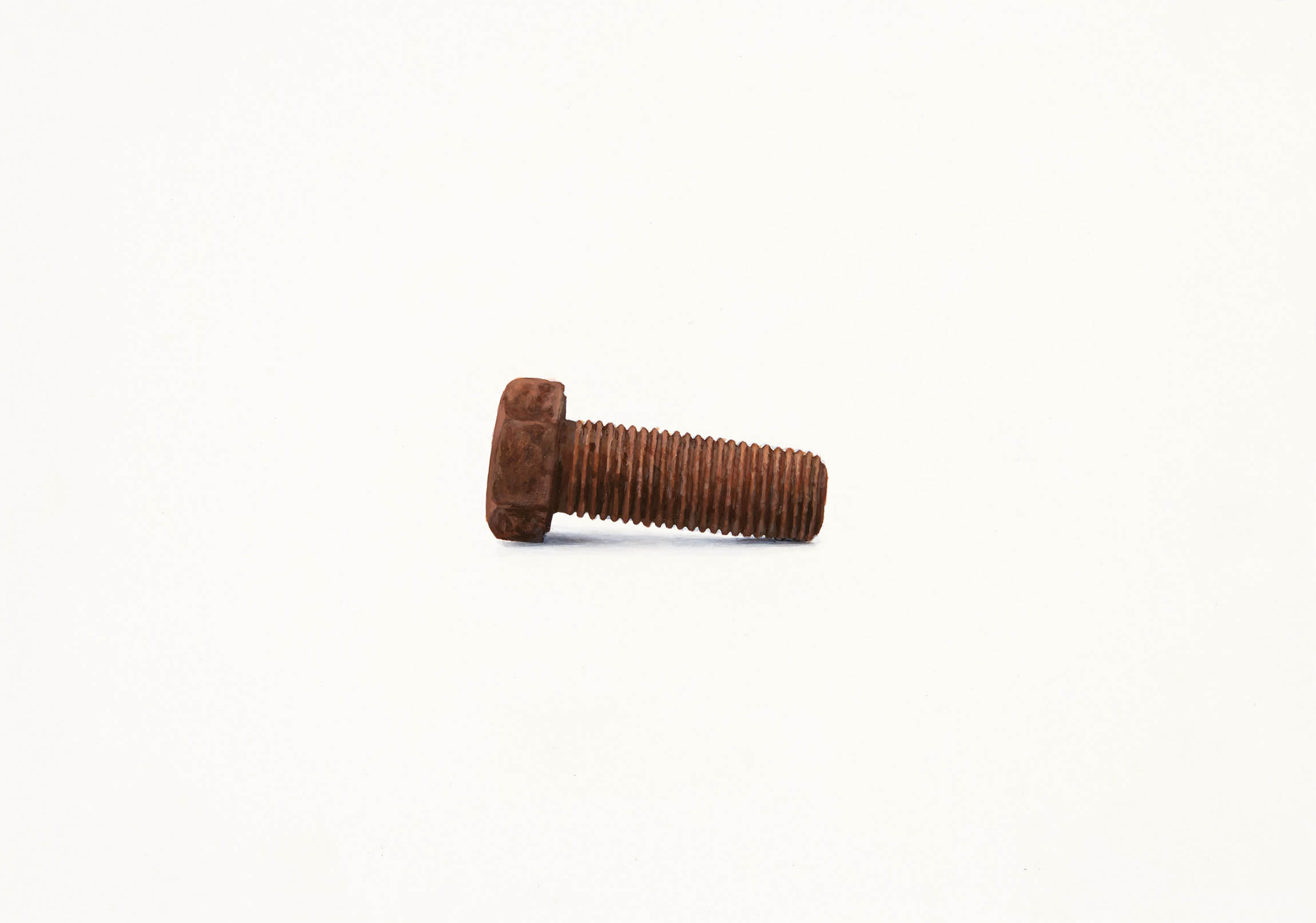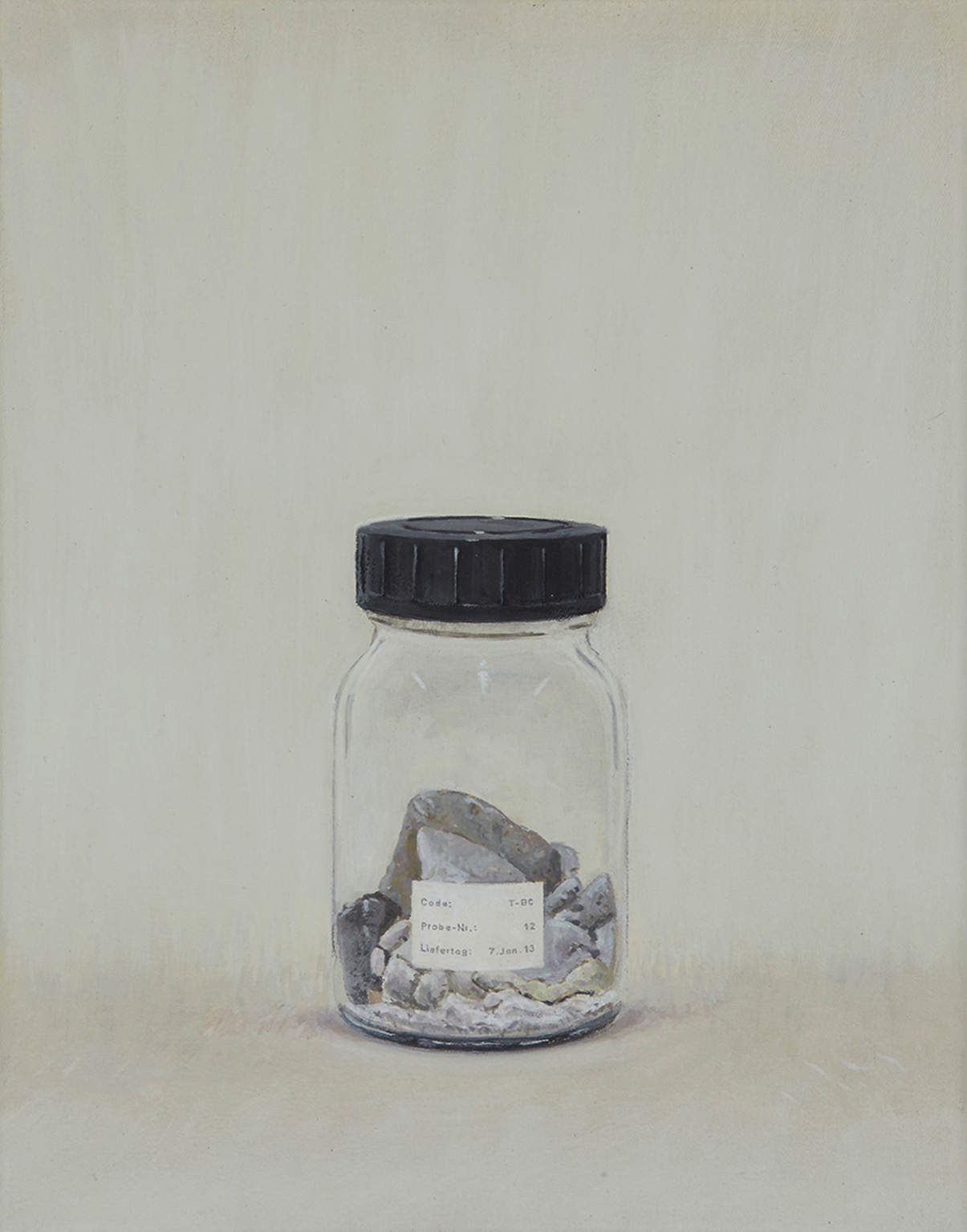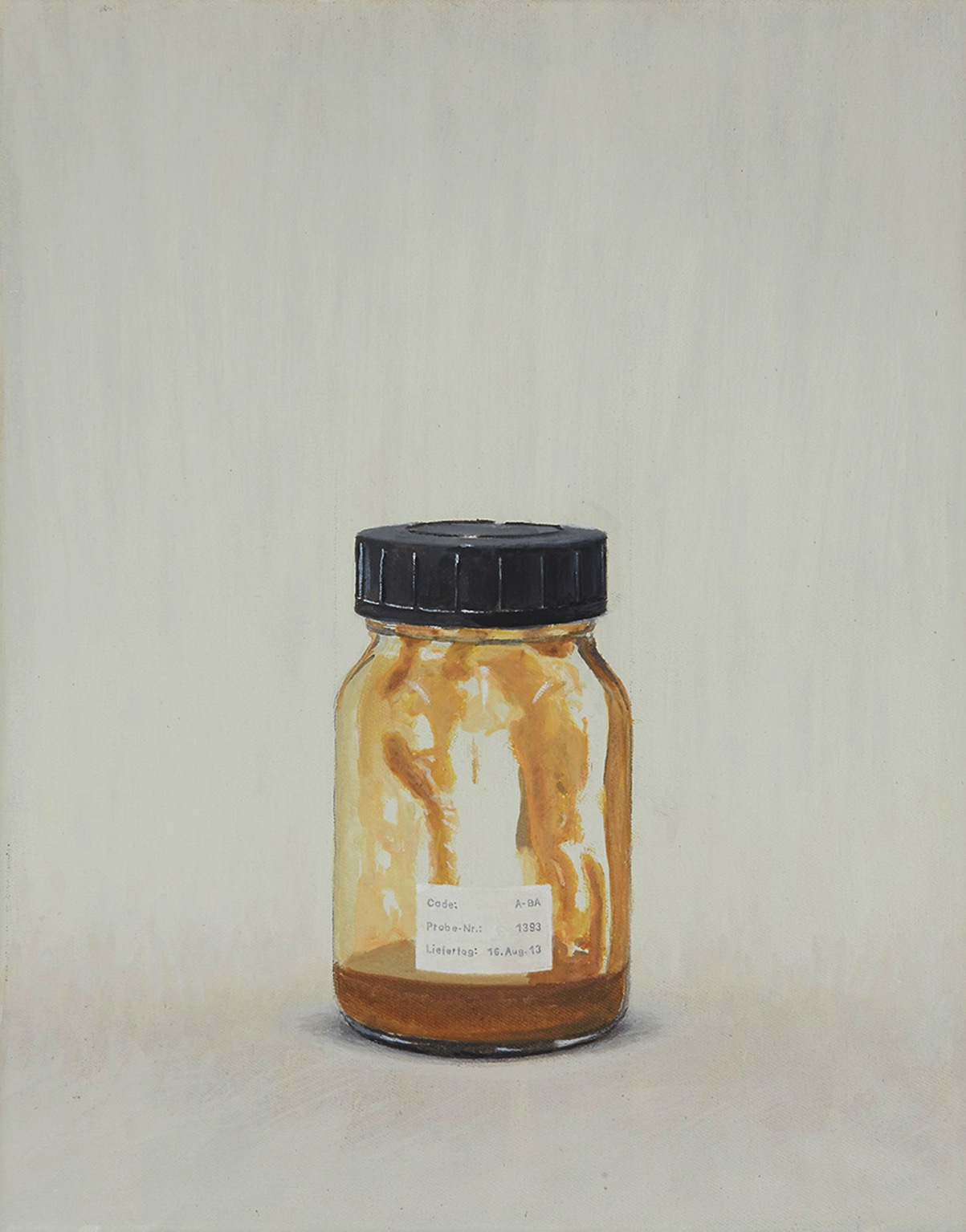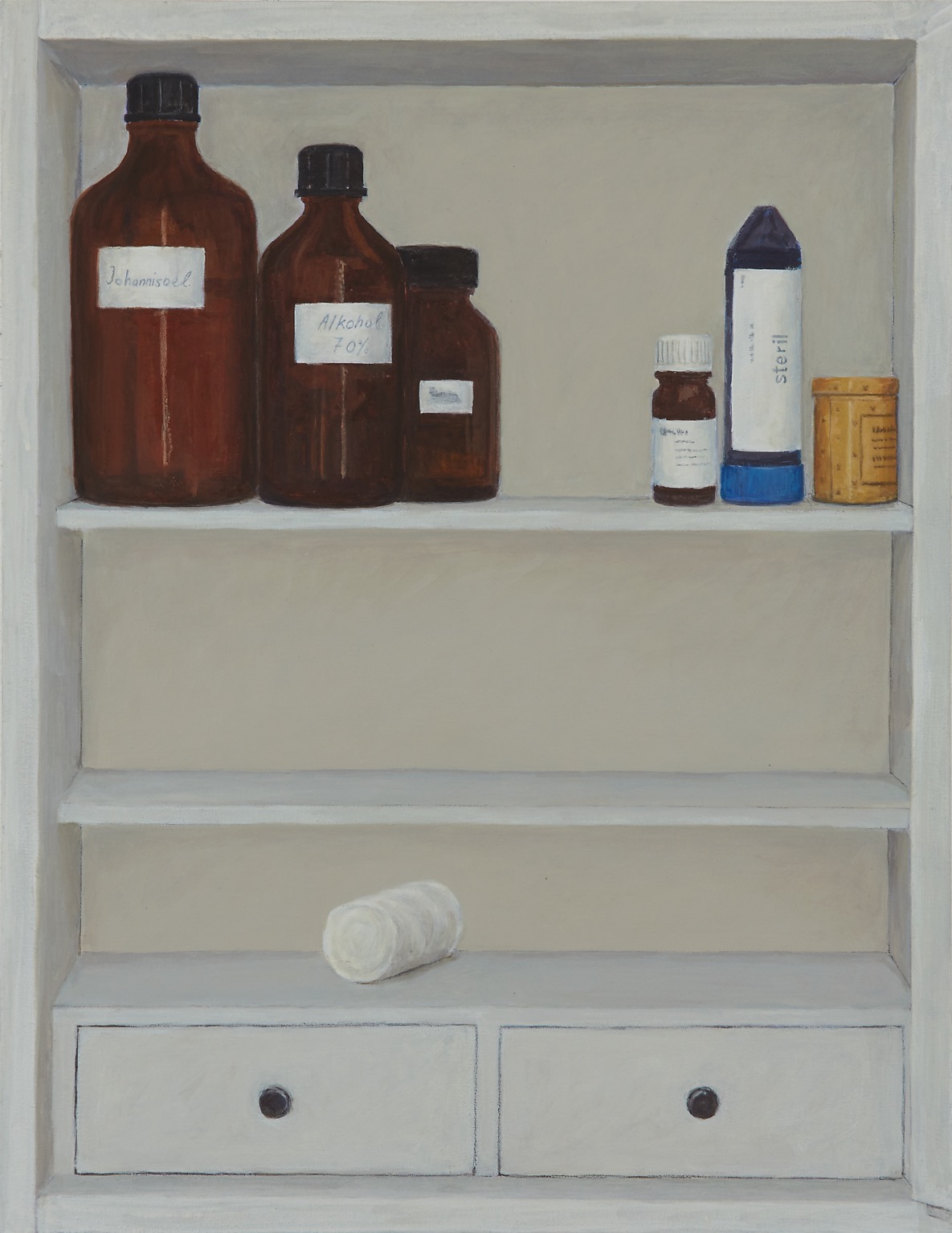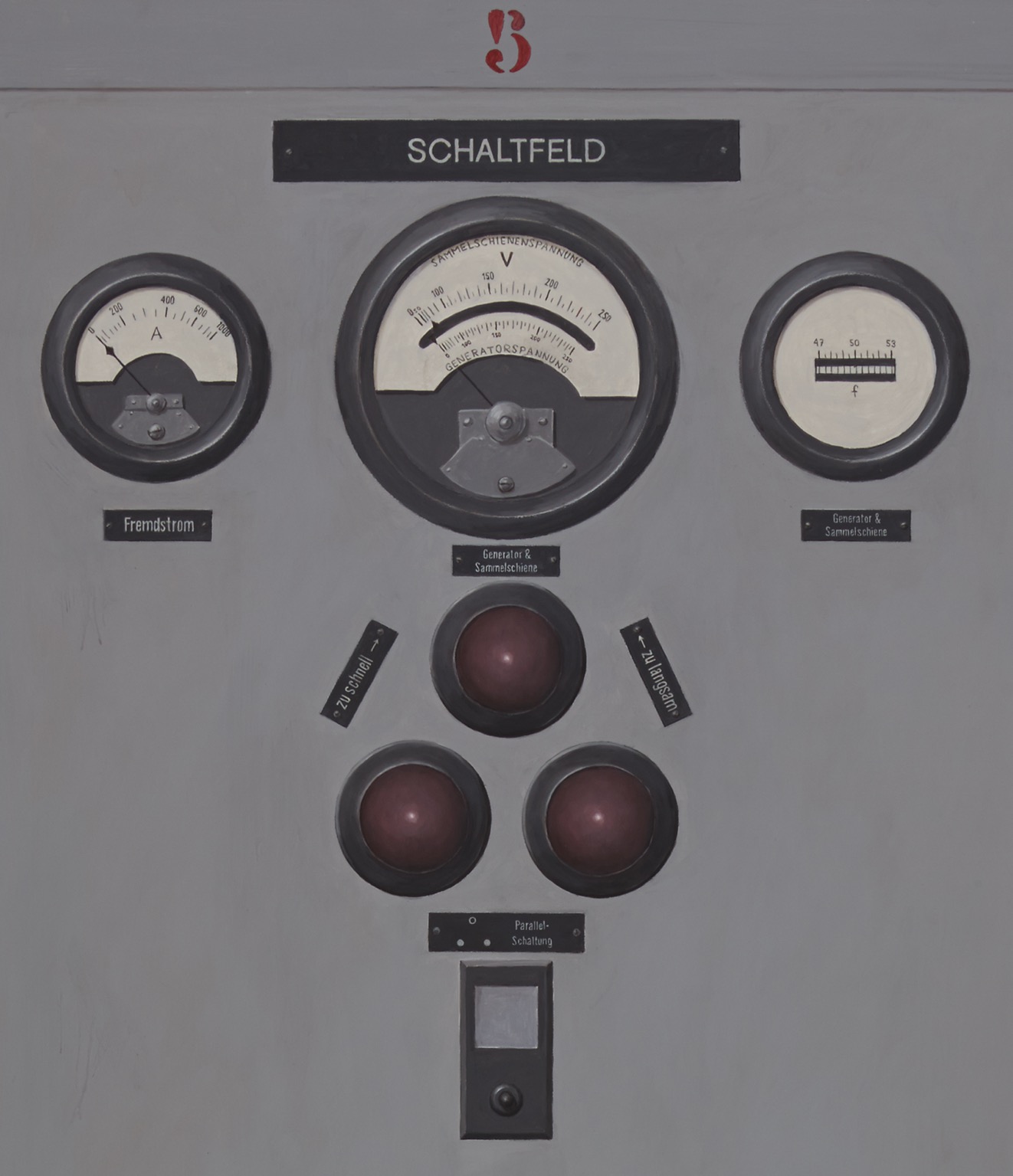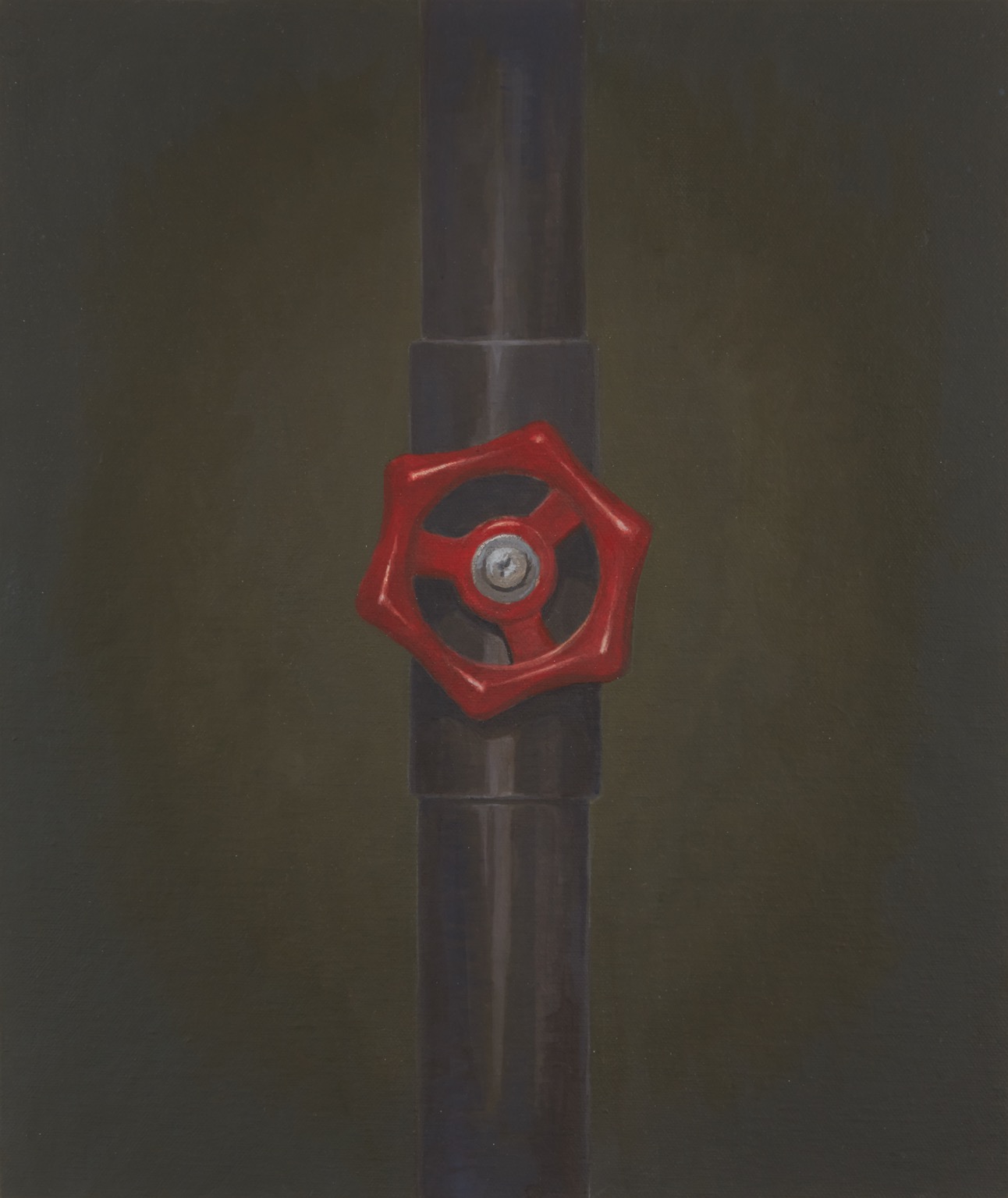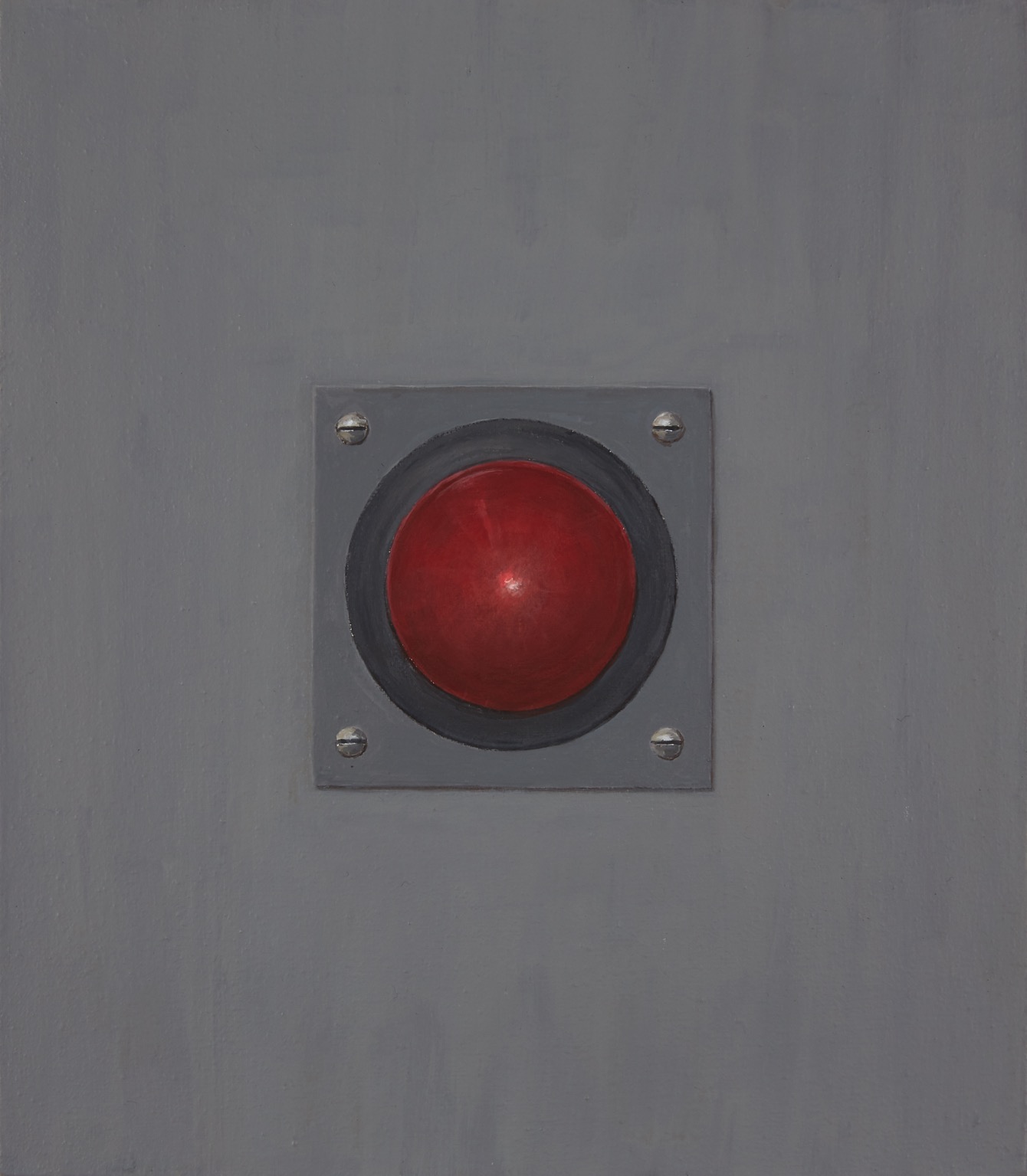Christoph Hänsli
Der Generator
Works
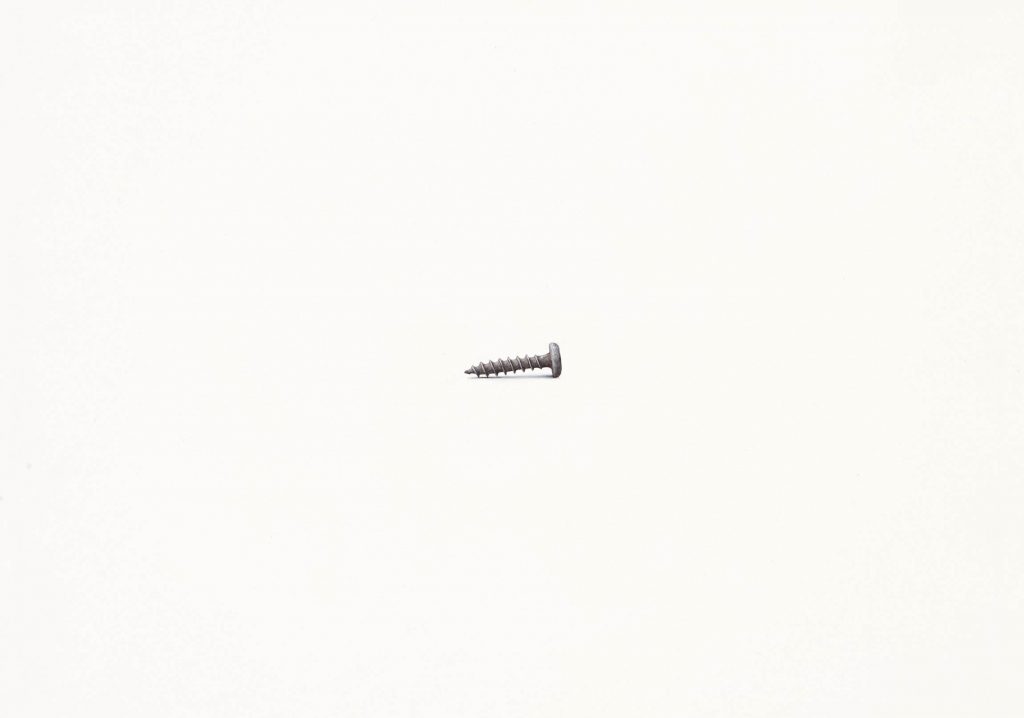
Verloren (Berlin, April 2013)
2013
Arcylic on paper, mounted on MDF
20.8 × 29.5 cm
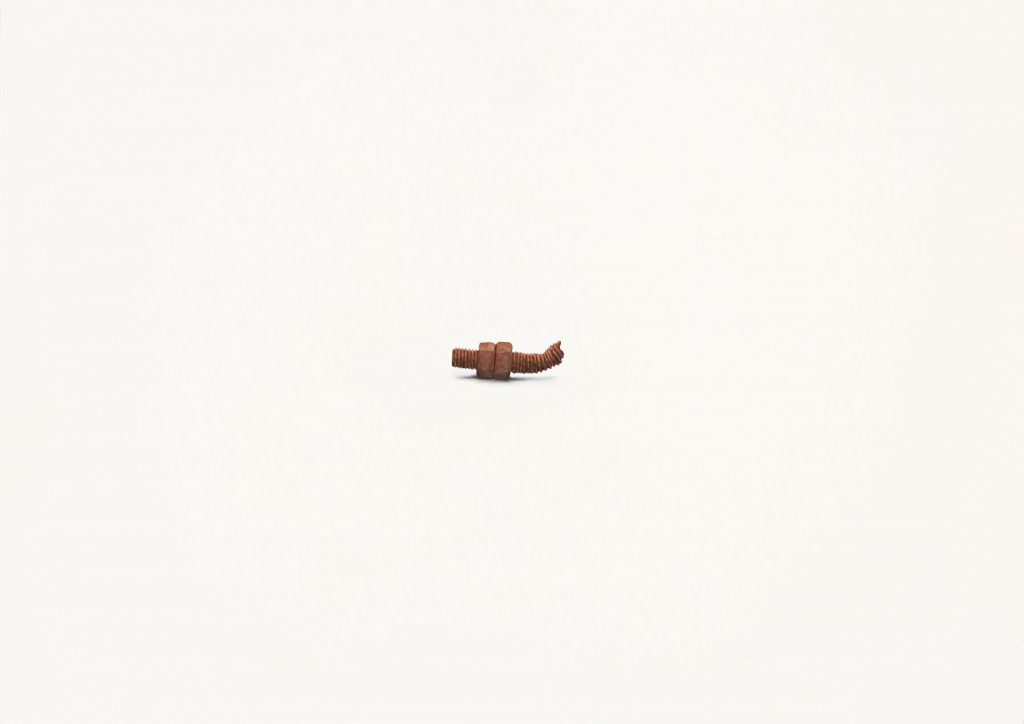
Verloren (Zürich, August 2013)
2013
Arcylic on paper, mounted on MDF
20.8 × 29.5 cm
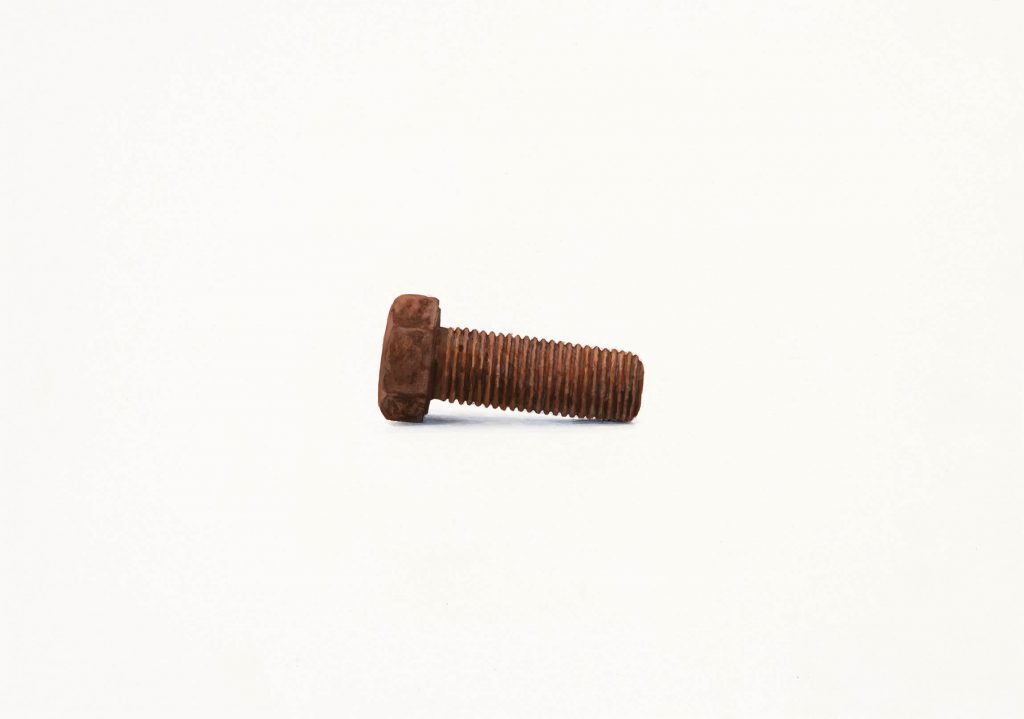
Verloren (New York, Mai 2013)
2013
Arcylic on paper, mounted on MDF
20.8 × 29.5 cm
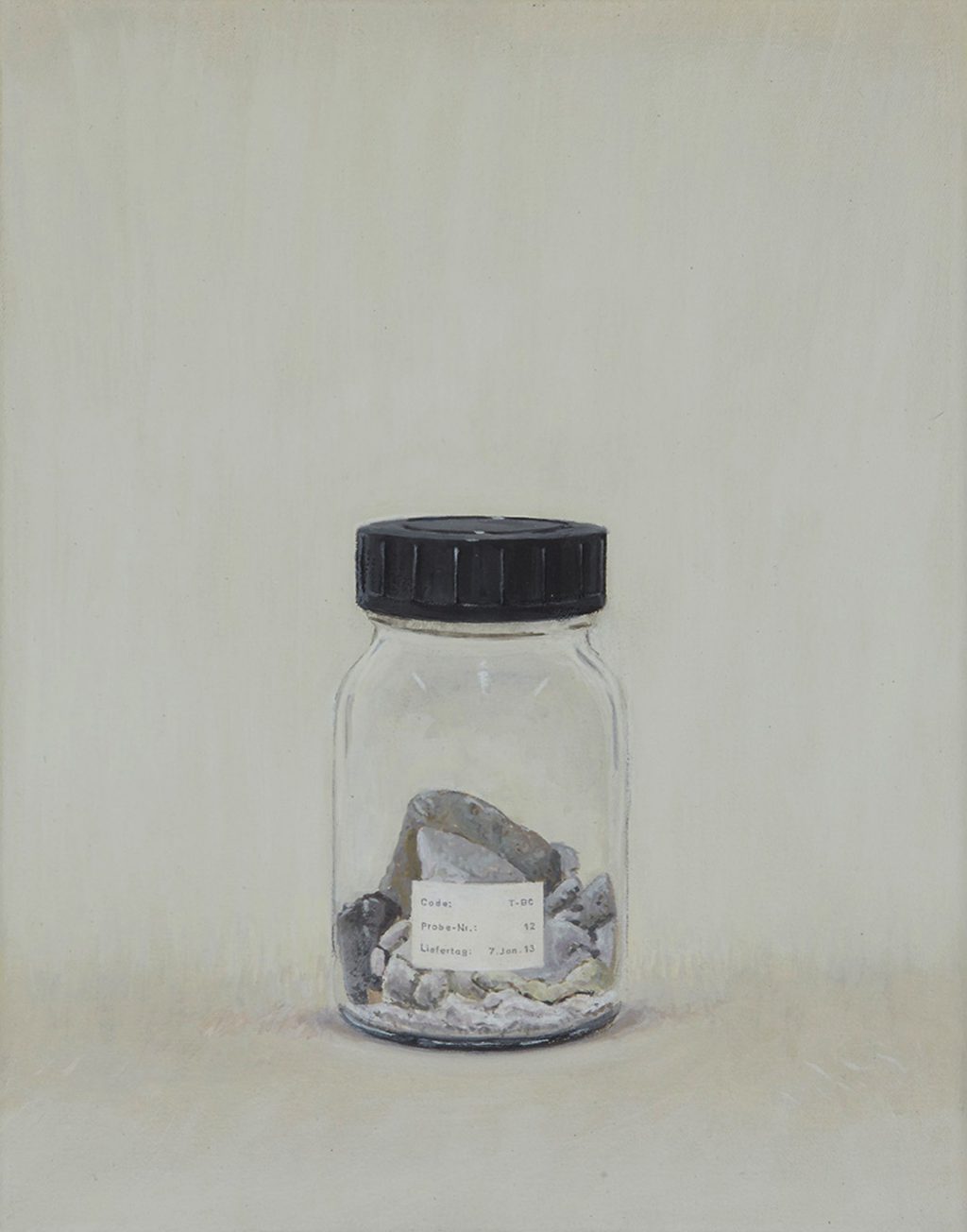
Deponie (Cyanidhaltige Abfälle)
2015–16
Oil and acrylic on canvas
32 × 25 cm
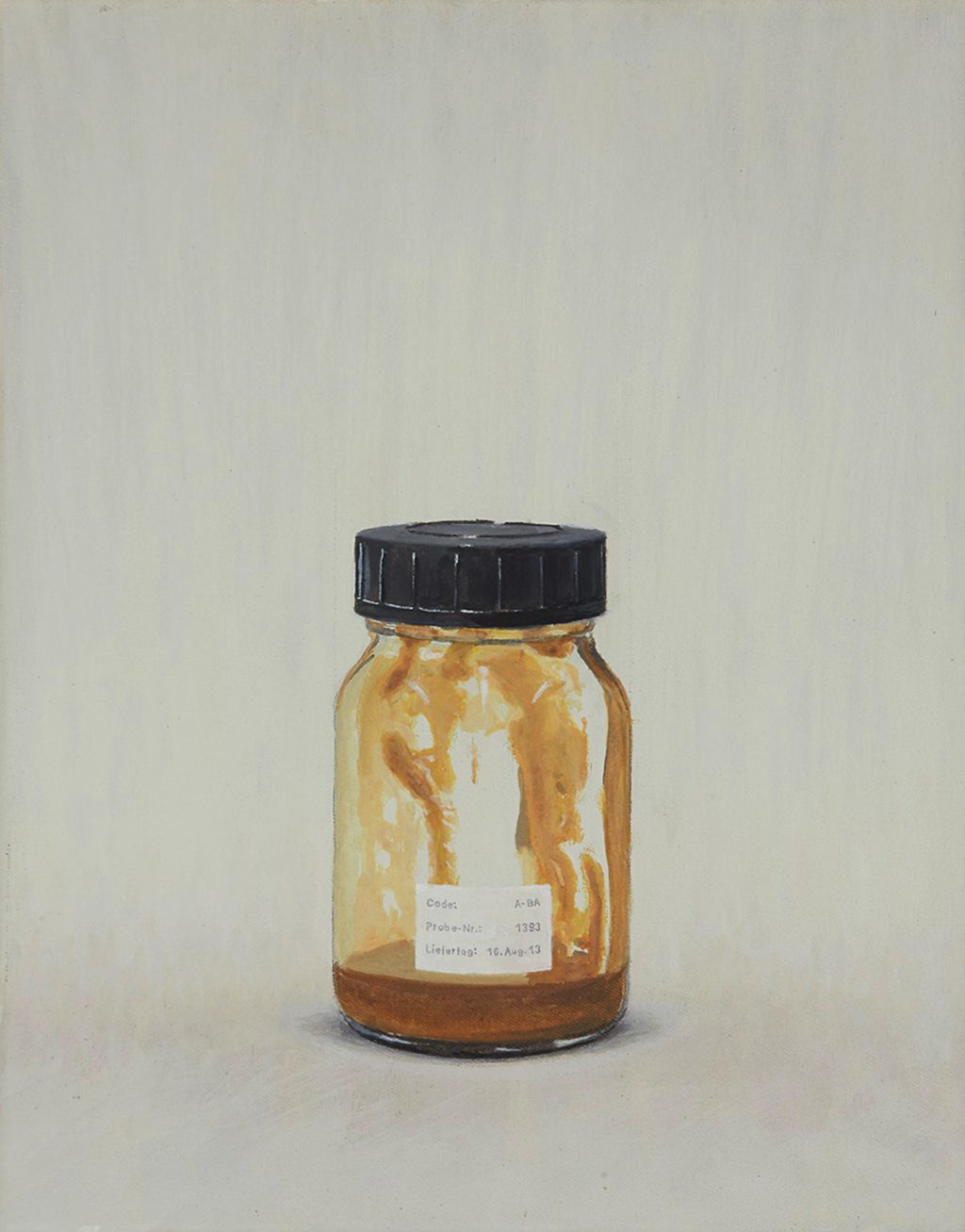
Deponie (Mula-Rückstände)
2015–16
Oil and acrylic on canvas
32 × 25 cm
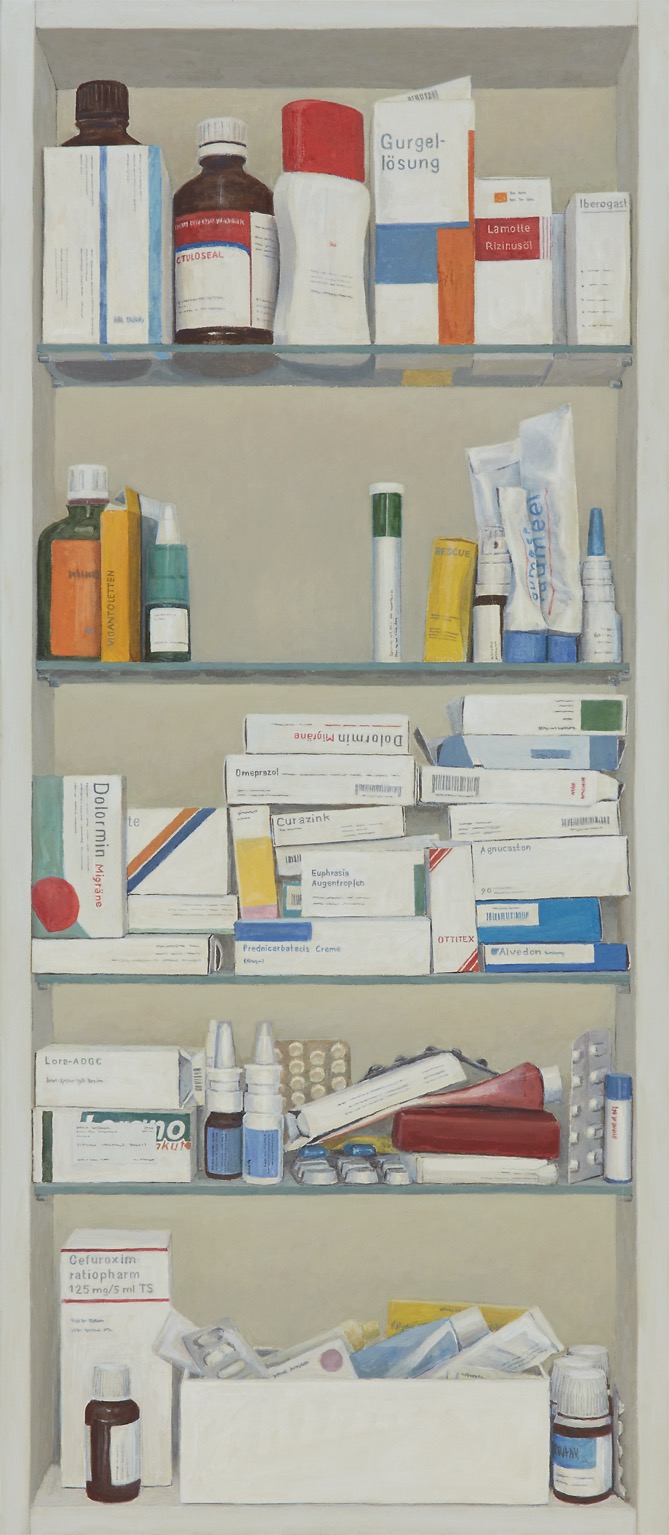
Die Festung 4
2017
Egg tempera, oil and arcylic on canvas
94 × 41 cm

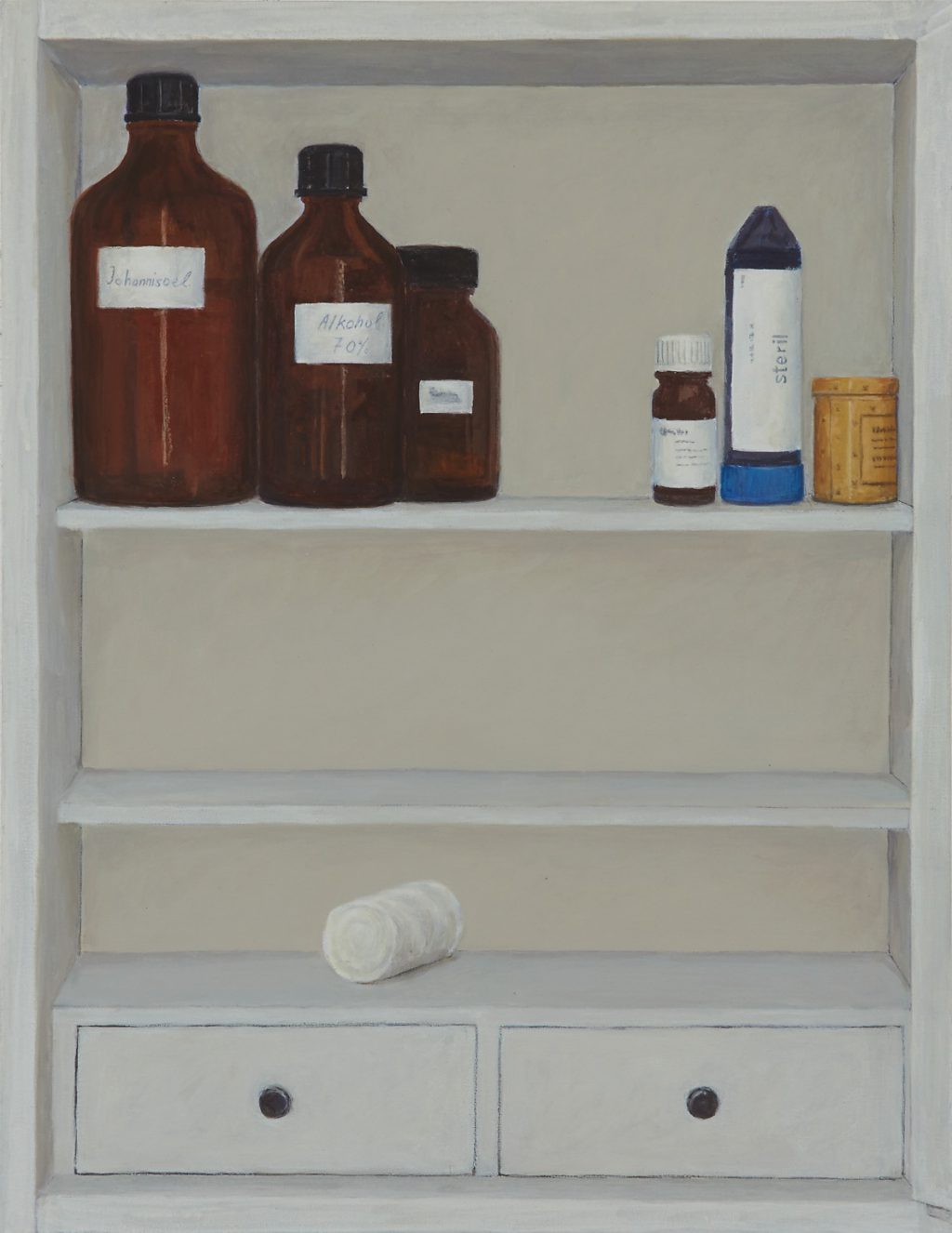
Die Festung 6
2017
Oil and arcylic on canvas
48 × 37 cm

Der Generator
2017
Arcylic on MDF
210 × 744 cm
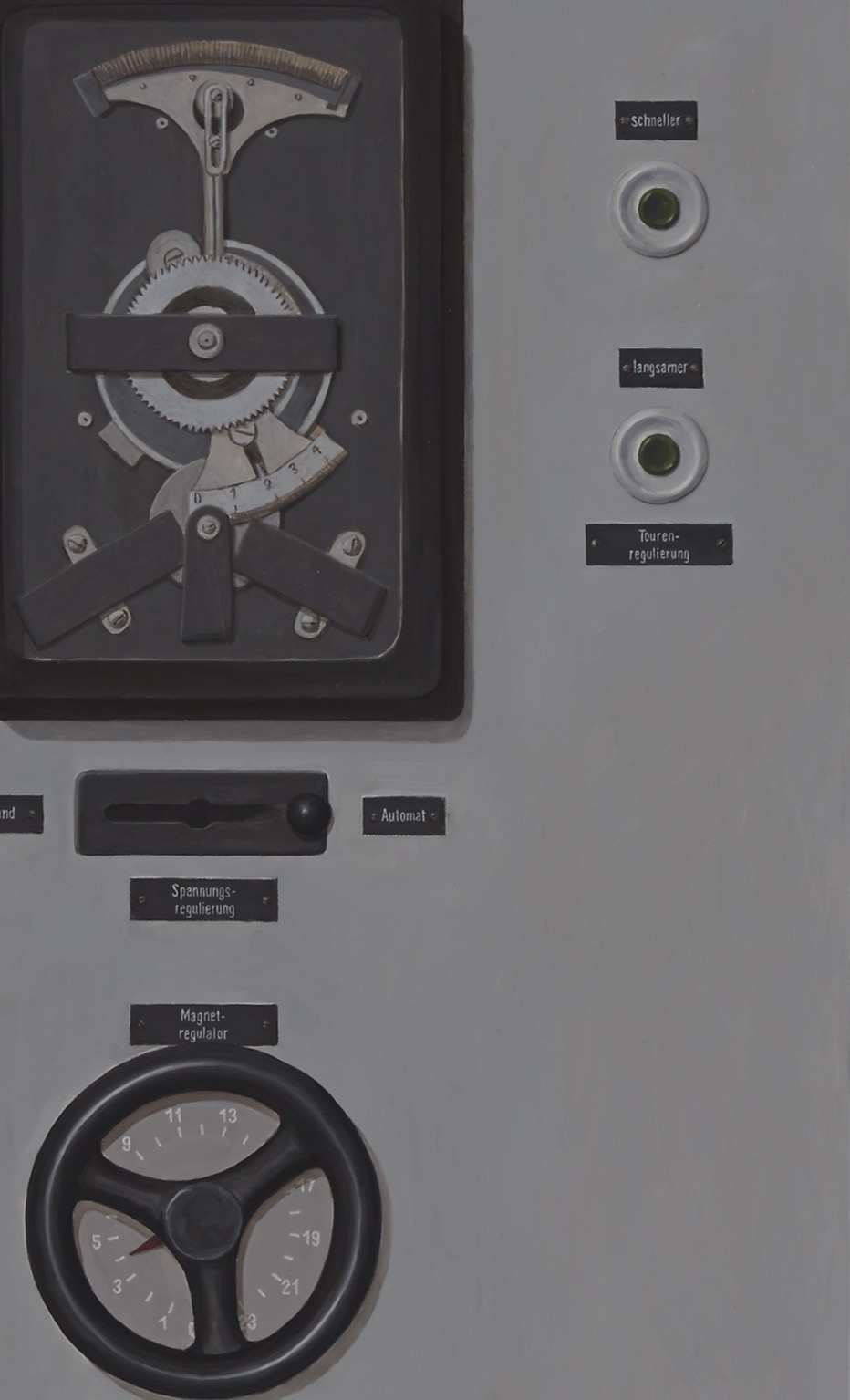
Der Generator (detail)
2017
Arcylic on MDF
210 × 744 cm
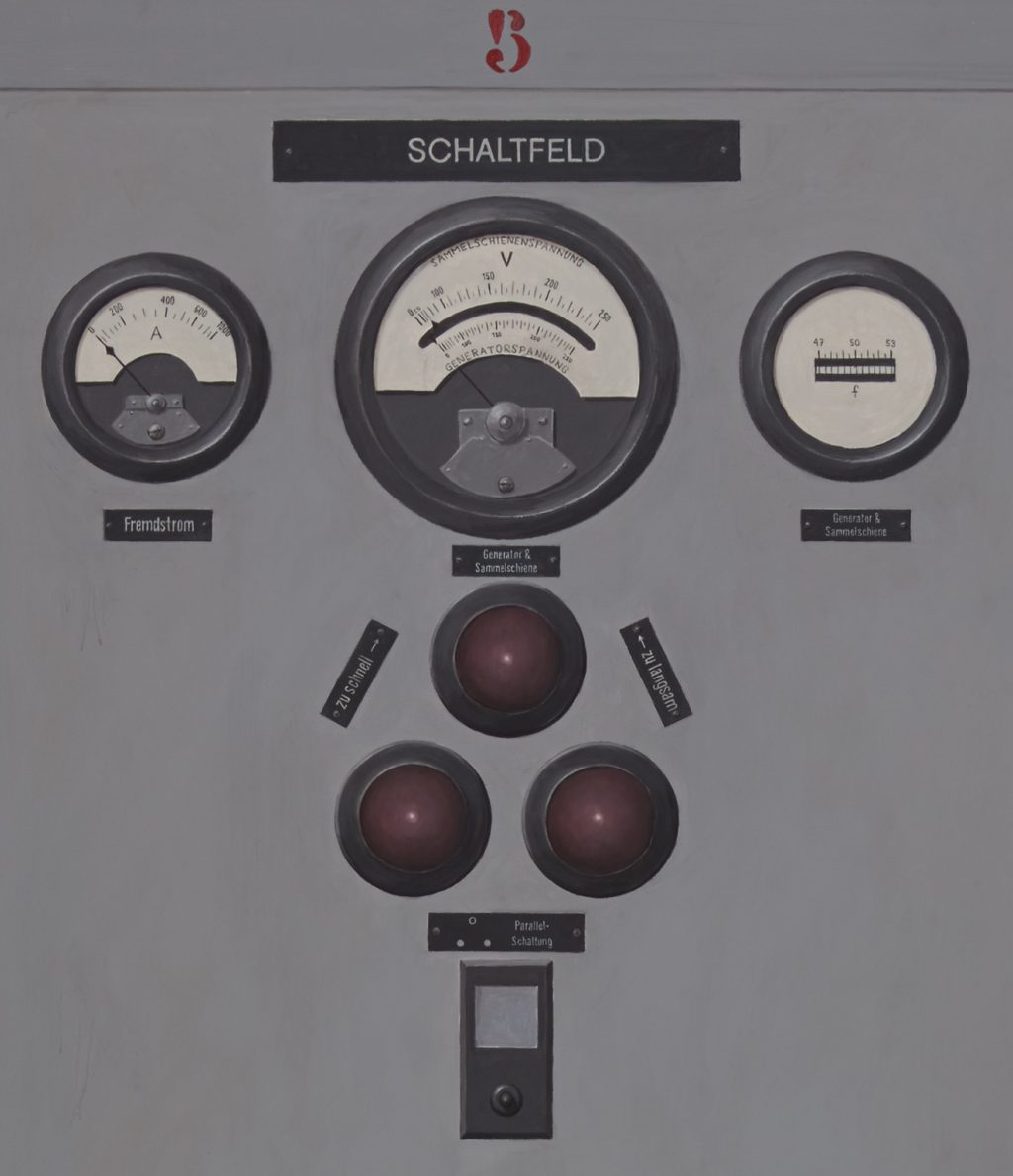
Der Generator (detail)
2017
Arcylic on MDF
210 × 744 cm
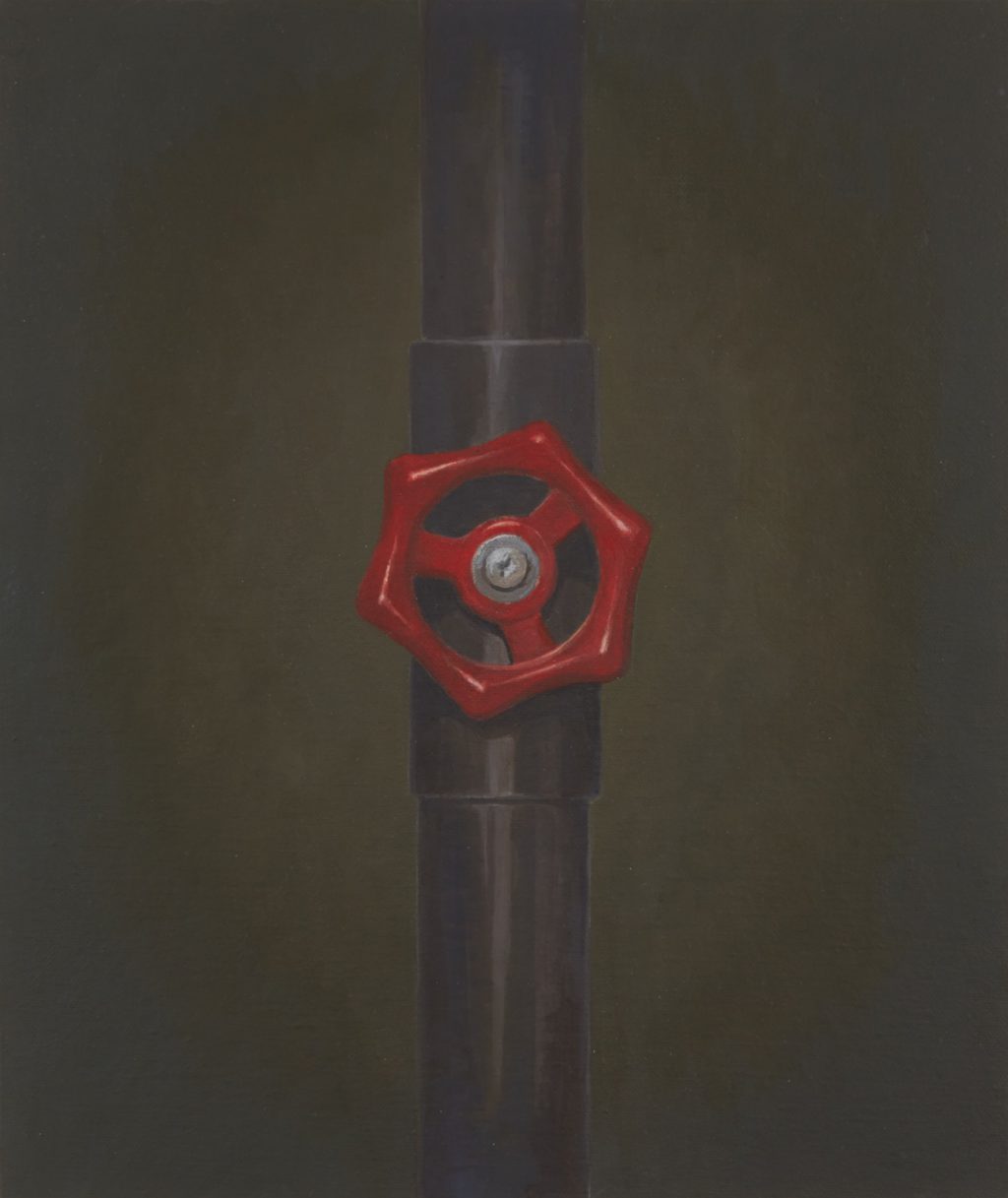
Haupthahn
2017
Arcylic on canvas
38 × 32 cm
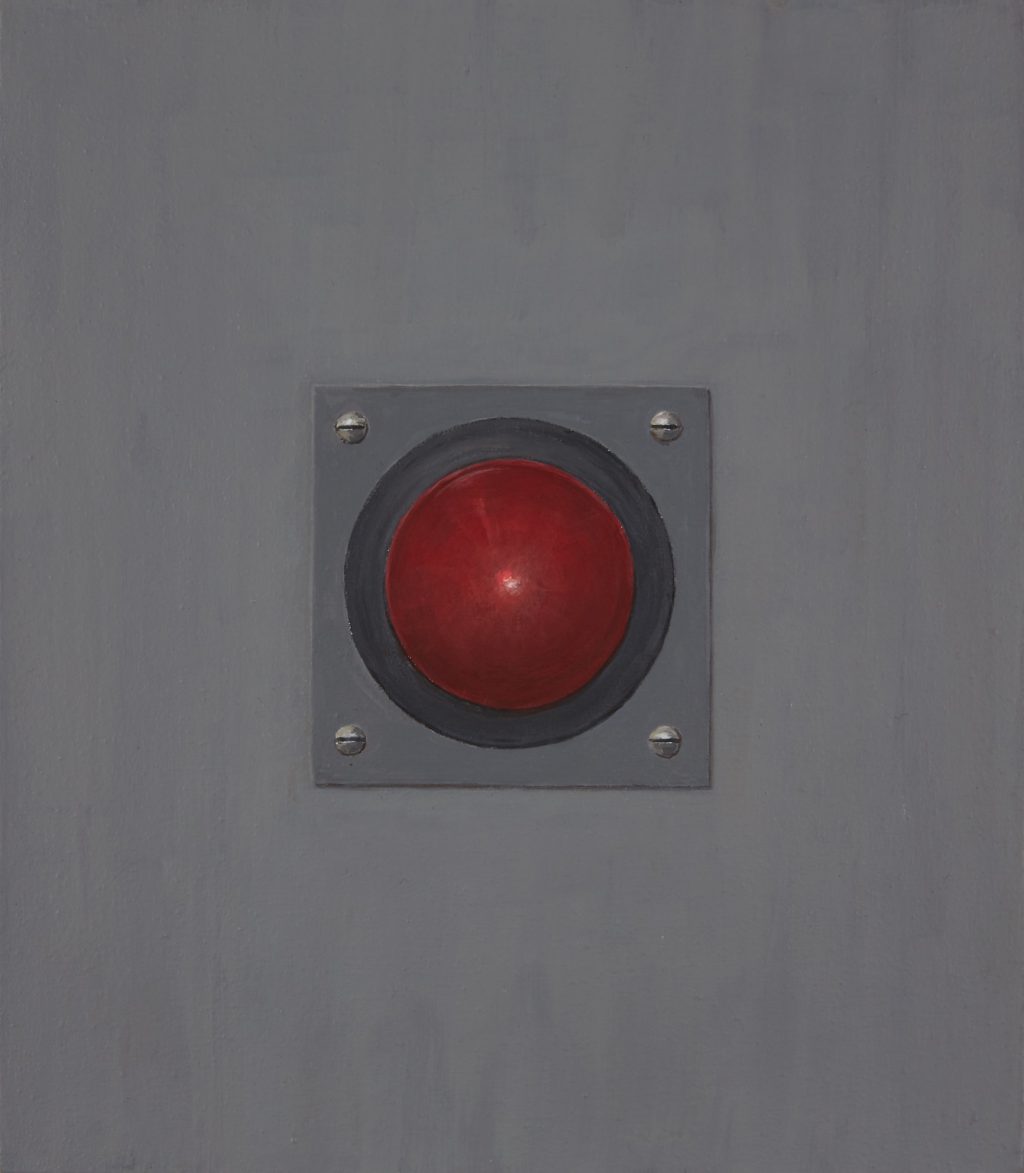
Bald
2017
Arcylic on canvas
24 × 21 cm
Text
Banal they may well seem, these everyday motifs transposed into paintings—always on a scale of 1:1—by the Swiss artist Christoph Hänsli, and yet the context to which he draws our attention with this painterly conversion is consistently profound. After exploring the undertakings of human beings in their attempt to give life a meaning, Hänsli, in recent years, has turned his attention to our constant efforts to defy our vulnerability and helplessness.
The artist initiated these enquiries with two large-scale projects. In 2015 he began work on Der Generator (The Generator), drawing us into the heart of the Saint-Gotthard Massif—where the Swiss artillery built a sprawling fortress during World War II. Hänsli produced a life-size depiction of the control panel that operated the fortress’ energy supply. Almost eight meters long, Der Generator features an entire arsenal of switches, regulators and lamps. They symbolize both the manageable control that can be gained through technology and the potential for a total loss of command—thus making this painting a double-portrait of confidence and fear.
The inspiration for Hänsli’s next big project, Deponie (Disposal site, 2015–16) was equally subterraneous. His quest for systems of order led the artist to the landfill at Herfa-Neurode in the German state of Hesse, the world’s largest underground repository of hazardous waste. In addition to over two million metric tons of discharge containing mercury or arsenic, a “sample room” displays hundreds of tiny amounts of poisonous chemicals from all over the world—in innocent looking and neatly labeled glass jars that closely resemble the ones we use for our kitchen spices. Hänsli has transposed 33 of these samples into small paintings, tidily arranged by categories of pollutant. They present themselves as a little periodic table in pastel colors of the side products of civilization we prefer to forget.
Continue reading
The following year, Hänsli consigned a series of six medicine cabinets to canvas and gave them the telltale title Festungen (Fortresses, 2017). Many of the labels are illegible and the little boxes and containers dissolve into an abstract grid. What the Festungen really conceal thus remains diffuse: the pills for headaches and hay fever can hardly be distinguished from the drugs for depression and cancer. Their very existence implies security and satisfies our need to be protected. Whether intended by the artist or not, each of these medical chests is also a highly intimate, if somewhat blurred, portrait of its owner.
Hänsli’s inquiry into our multifaceted and at times absurd desire for safety is expanded by 100 paintings of little screws, most of them rusty and twisted, picked up by the artist on the streets of his home town Zurich or during trips to New York, Berlin, Milan, and elsewhere (Verloren, Lost, 2013–14). It was not just the easily overlooked beauty of these little objects that fascinated him. It was above all the idea that every single one of these screws, however tiny, once performed a function, and that its absence from this important place poses a latent security risk.
The most recent work in the exhibition concludes Hänsli’s research into our defense mechanisms and adds a striking splash of color. Bald (Soon, 2018) shows a signal red button—intriguing in its ambivalence. The button might equally trigger a destructive action or a life-saving measure. As so often, interpretation is left to the viewer—Hänsli simply jogs our thoughts with his painterly precision and subtle humor.
Catalogue
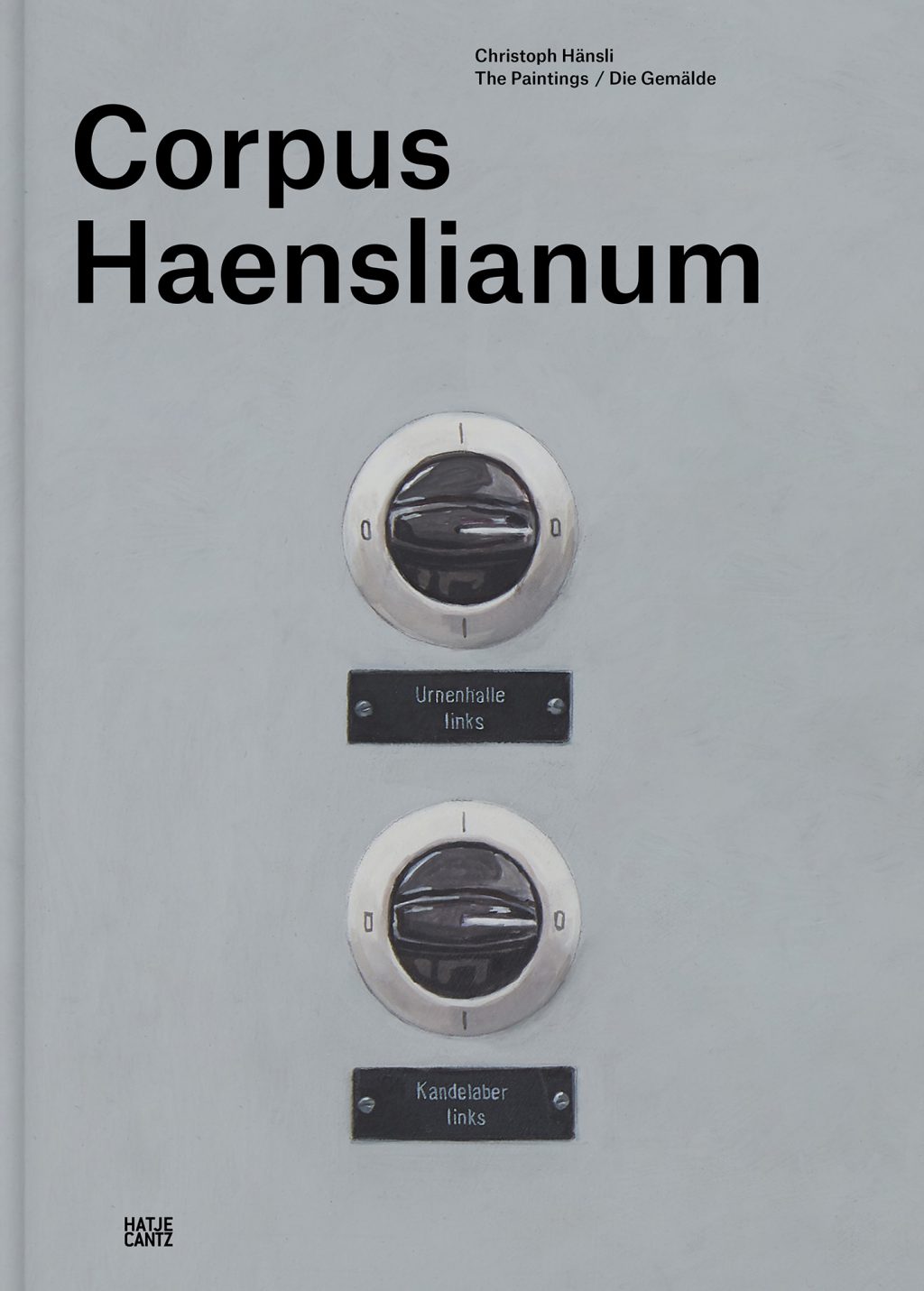
Corpus Haenslianum
Edited by
Juerg Judin and Pay Matthis Karstens
Texts by Ulrike Vedder, Erik Porath, John Berger, Pay Matthis Karstens and Juerg Judin
In German and English
208 × 295 mm
352 pages, hardcover
849 color ill.
Published by Hatje Cantz, Berlin 2018
ISBN 978-3-7757-4493-5
